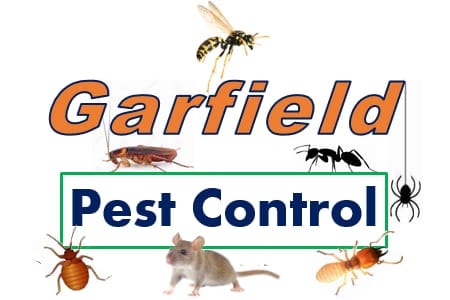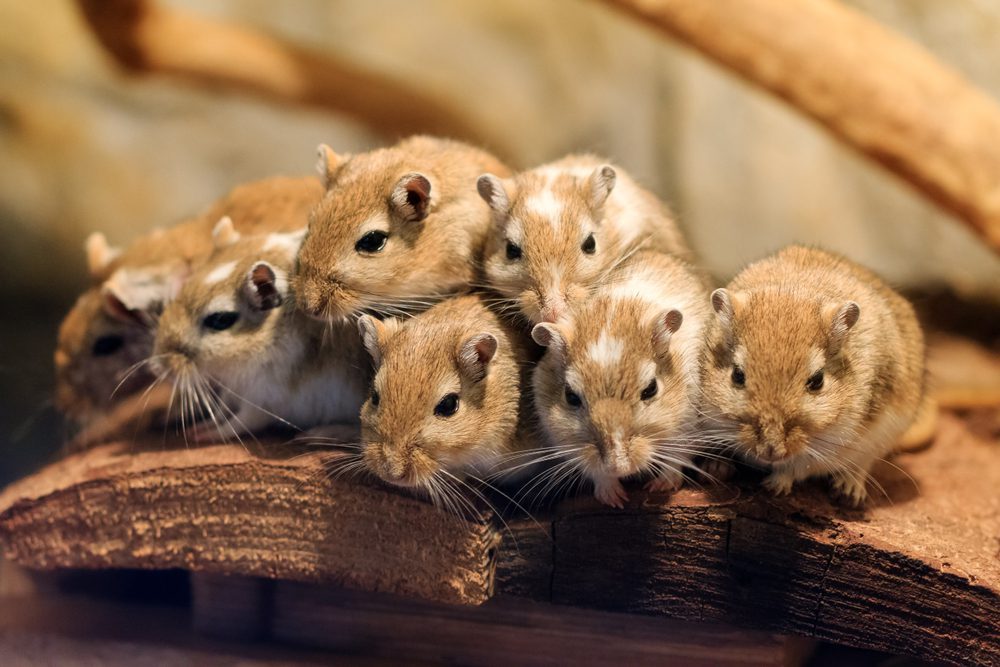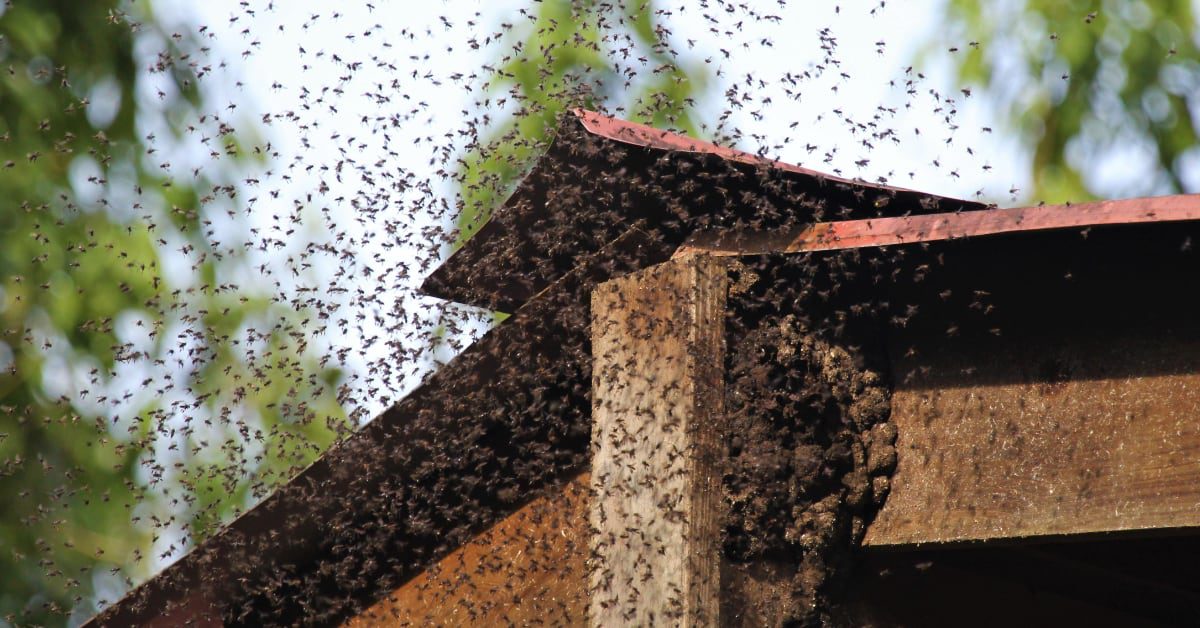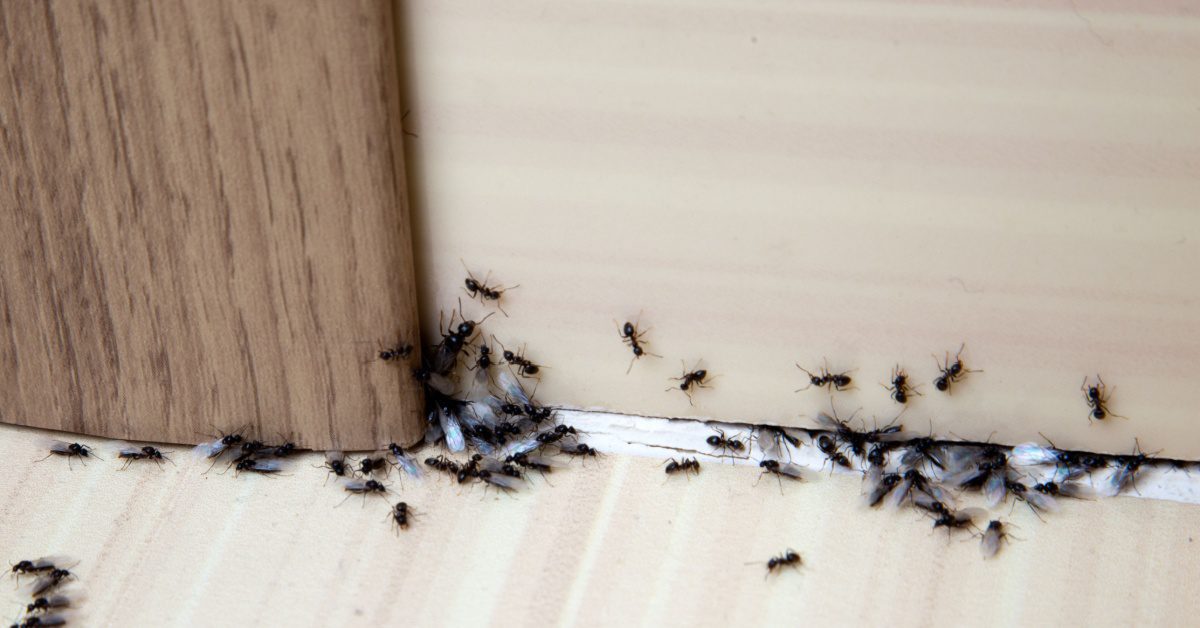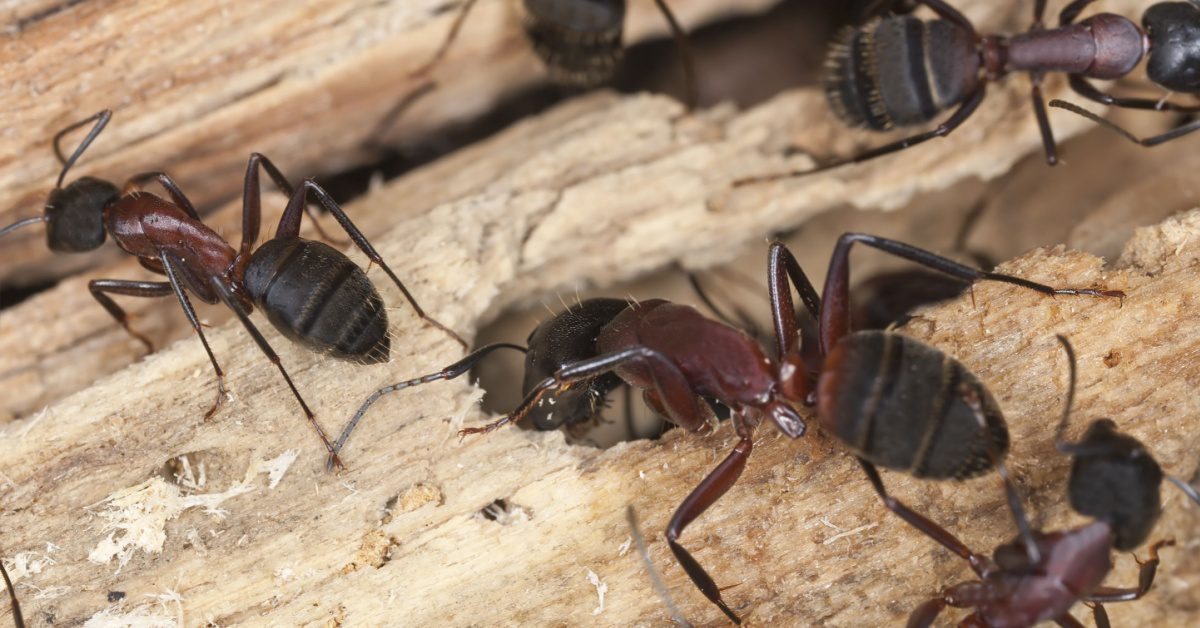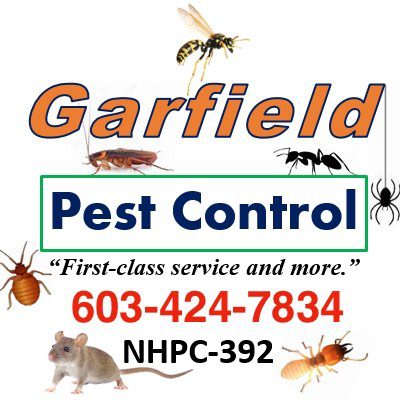A Complete Guide to Rodents: Types, Behavior, and Prevention
Rodents are a diverse group of small mammals belonging to the order Rodentia, comprising over 2,200 species. These adaptable creatures have successfully inhabited every continent except Antarctica, with some species coexisting closely with humans in urban environments.
This complete guide will talk about the various types of rodents, their behavior, and effective prevention strategies to ensure their impact on human habitats remains minimal.
Types of Rodents
Mice
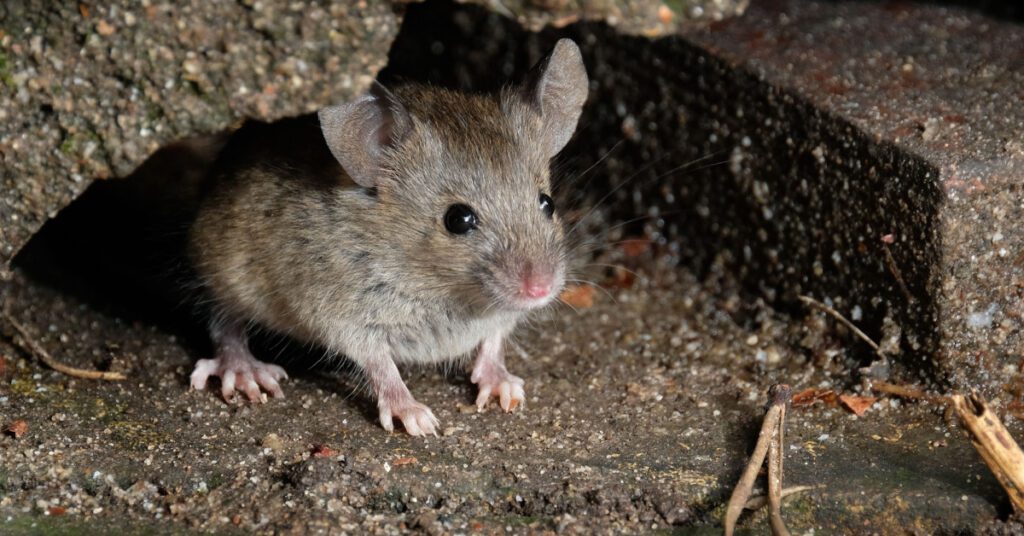
Mice are one of the most common rodents worldwide. They come in various species, including the house mouse (Mus musculus) and the deer mouse (Peromyscus maniculatus).
Mice are characterized by their small size, pointed snouts, and prominent ears. They primarily feed on grains, seeds, and plant material, and their ability to reproduce rapidly makes them prolific breeders.
Rats
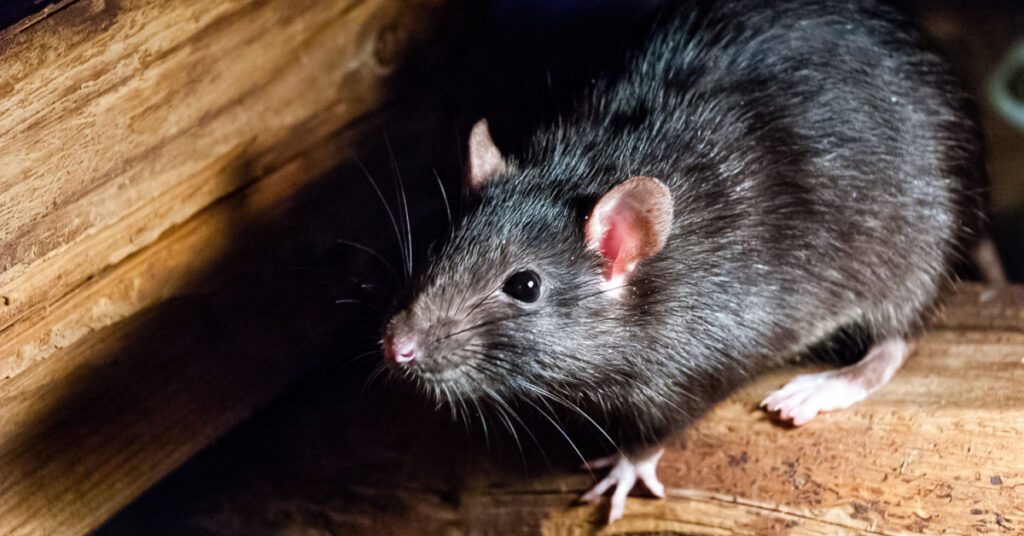

Rats are larger rodents known for their sharp front teeth and long, hairless tails. The Norway rat (Rattus norvegicus) and the roof rat (Rattus rattus) are the most prevalent species found in urban areas.
Rats are opportunistic omnivores and are known to carry various diseases harmful to humans.
Squirrels


Squirrels belong to the Sciuridae family and are recognized for their bushy tails and excellent climbing abilities. They come in various species, such as the Eastern gray squirrel (Sciurus carolinensis) and the red squirrel (Sciurus vulgaris).
While they play a vital role in seed dispersal and forest health, some species can be pests in urban and suburban settings, gnawing on wires and causing damage to property.
Chipmunks


Chipmunks are smaller rodents within the Sciuridae family, with distinct stripes on their backs. They are mainly ground-dwelling creatures and are known for their cheek pouches used for storing food.
Eastern chipmunks (Tamias striatus) and least chipmunks (Tamias minimus) are examples of species found in North America.
Hamsters
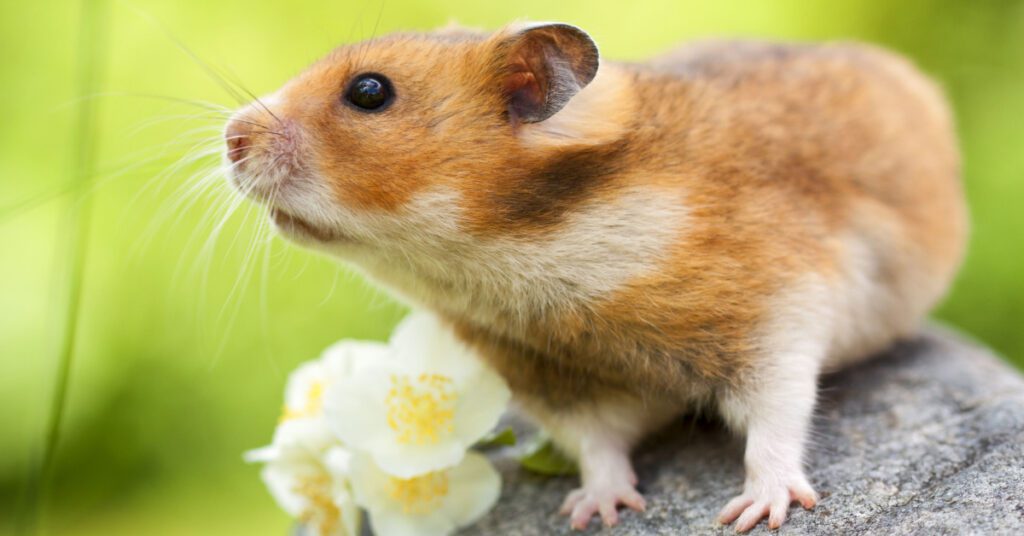

Hamsters are small, burrowing rodents known for their nocturnal behavior. They are popular as pets but are also found in the wild, with the Syrian hamster (Mesocricetus auratus) being one of the most common pet species.
In the wild, hamsters primarily feed on seeds, fruits, and insects.
Gerbils
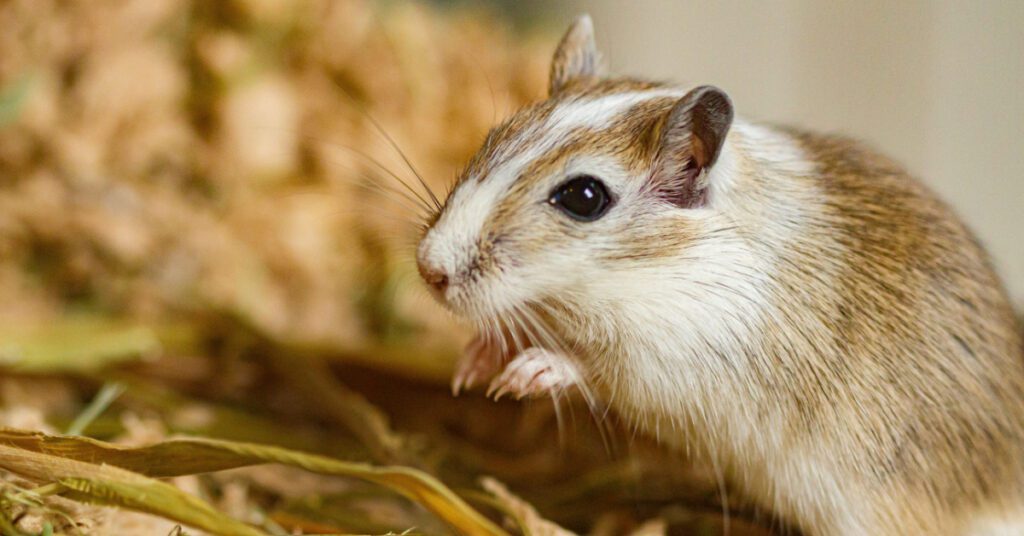

Gerbils are similar in appearance to hamsters but belong to a different family, Gerbillidae. Mongolian gerbils (Meriones unguiculatus) are frequently kept as pets due to their social nature and ease of care.
In their natural habitat, gerbils inhabit arid and desert regions, feeding on grains, seeds, and vegetation.
Rodent Behavior
Nesting and Shelter
Rodents are adept at finding shelter and creating nests. They often take advantage of human structures, such as attics, basements, and wall voids, to build their nests. These nests serve as secure places for breeding and raising their young.
Gnawing and Chewing
Rodents have continuously growing front teeth that require regular wear to prevent overgrowth. To achieve this, they constantly gnaw on various materials, including wood, plastic, and electrical wires. This behavior can lead to property damage and poses a significant fire hazard.
Reproduction
Rodents are known for their high reproductive rates. Mice, for instance, can have up to 10 litters per year, each containing several offspring. Rapid reproduction allows their populations to grow quickly, making infestations challenging to control.
Nocturnal Habits
Most rodents are nocturnal, meaning they are most active during the night. This behavior enables them to avoid predators and find food more easily. When living in close proximity to humans, they tend to be more active during the quieter nighttime hours.
Foraging and Food Habits
Rodents are opportunistic feeders and will consume a wide range of food items. While some species predominantly eat plants and seeds, others are omnivorous, feeding on insects and small animals. Their flexible diets contribute to their adaptability in various environments.
Prevention Strategies
Seal Entry Points
To prevent rodents from entering buildings, it is crucial to seal all potential entry points. Inspect the exterior of the structure for gaps, cracks, and openings that rodents can use to gain access. Use weatherstripping, caulk, and wire mesh to seal these gaps effectively.
Proper Food Storage
Rodents are attracted to accessible food sources. Store food in airtight containers and keep pet food in sealed containers when not in use. Regularly clean up crumbs and spills, and avoid leaving food waste in open bins or compost piles.
Reduce Clutter
Clutter provides rodents with hiding spots and nesting materials. Regularly clean and organize storage areas, including basements, attics, and garages. Elevate stored items from the ground to limit potential nesting sites.
Landscape and Yard Maintenance
Maintain a well-groomed yard and garden to discourage rodents from nesting near the house. Trim back vegetation and shrubs away from the structure, and keep firewood elevated and away from the building.
Pest-Proofing Techniques
Install rodent-proof barriers, such as door sweeps and screens on windows, to prevent rodents from entering the premises.
Rodents: Best Pest Control, Removal, and Prevention
Understanding the different types of rodents and their behavior is essential in developing effective prevention strategies to minimize their impact on human habitats. By implementing proper measures for rodent control and adopting preventive practices, homeowners and property managers can significantly reduce the likelihood of rodent infestations.
With careful vigilance and proactive efforts, we can coexist with these fascinating creatures while safeguarding our living spaces from potential damage and health risks.
If you have rodents and need help with removal, control, and prevention, contact Garfield Pest Control with two office locations, Merrimack, NH, and Manchester, NH. However, our services are not limited to these areas as we provide removal, control, and prevention of rodents to areas far beyond.
